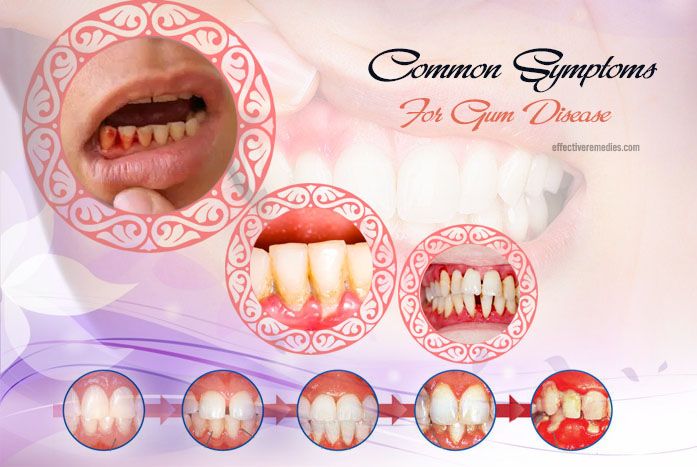How To Fix Crossbite? Get Straight Teeth Fast

Crossbite, a common dental issue where the upper teeth bite inside the lower teeth, can lead to various problems such as uneven tooth wear, gum recession, and even temporomandibular joint (TMJ) disorders. Fortunately, there are several ways to fix crossbite and achieve straight teeth. In this article, we’ll delve into the different treatment options, their benefits, and what you can expect from the process.
Understanding Crossbite
Before exploring the treatment options, it’s essential to understand the causes and types of crossbite. Crossbite can be caused by a combination of genetic and environmental factors, such as: - Genetic predisposition: Some people may be more prone to crossbite due to their inherited facial structure or teeth alignment. - Habits: Prolonged habits like thumb sucking or tongue thrusting can push the teeth out of their normal position. - Jaw alignment: A misaligned jaw can cause the upper and lower teeth to meet incorrectly.
There are two main types of crossbite: - Anterior crossbite: Where one or more upper front teeth bite inside the lower front teeth. - Posterior crossbite: Where one or more upper back teeth bite inside the lower back teeth.
Treatment Options for Crossbite
The treatment for crossbite depends on the severity and type of crossbite, as well as the patient’s age and overall dental health. Here are some common treatment options: - Orthodontic treatment: Braces or clear aligners can be used to move the teeth into their correct position. This is often the most effective way to fix crossbite, especially in adults and teens. - Palatal expander: A device used to widen the upper jaw, making room for the teeth to move into their correct position. This is often used in children and adolescents. - Removable appliances: Retainers or other removable devices can be used to move specific teeth or to hold the teeth in their new position after orthodontic treatment. - Surgery: In severe cases of crossbite, surgical intervention may be necessary to realign the jaw.
Fixing Crossbite in Adults
Fixing crossbite in adults can be more challenging than in children, as the bones are no longer growing and are more stable. However, with advancements in orthodontic technology, it’s now possible to treat crossbite in adults effectively. Here are some options: - Invisible braces: Clear aligners, such as Invisalign, can be used to discreetly move the teeth into their correct position. - Lingual braces: Braces that are attached to the back of the teeth, hiding them from view. - Ceramic braces: Tooth-colored braces that are less noticeable than traditional metal braces.
How to Get Straight Teeth Fast
While the idea of getting straight teeth fast may seem appealing, it’s essential to remember that orthodontic treatment is a process that requires time and patience. However, there are some options that can help achieve faster results: - Accelerated orthodontics: Techniques like Propel or Wilckodontics can help speed up the orthodontic process by stimulating bone growth and tooth movement. - High-frequency vibration devices: Devices like AcceleDent or OrthoPulse use high-frequency vibrations to stimulate tooth movement and bone growth.
Conclusion
Fixing crossbite requires a comprehensive approach that takes into account the individual’s dental health, age, and personal preferences. While there are various treatment options available, it’s essential to consult with an orthodontic specialist to determine the best course of treatment for your specific case. With the right treatment, you can achieve straight teeth and a healthier, more confident smile.
FAQ Section
What are the benefits of fixing crossbite?
+Fixing crossbite can help alleviate uneven tooth wear, gum recession, and TMJ disorders. It can also improve the overall appearance of the teeth and boost self-confidence.
How long does crossbite treatment take?
+The length of crossbite treatment varies depending on the severity of the case and the treatment option chosen. On average, orthodontic treatment can take anywhere from 12 to 36 months.
Is crossbite treatment painful?
+While some discomfort may be experienced during the initial stages of treatment, crossbite treatment is generally not painful. Orthodontic technology has advanced significantly, making treatment more comfortable and efficient.
Can adults get crossbite treatment?
+Yes, adults can get crossbite treatment. While the bones are no longer growing, orthodontic treatment can still be effective in moving the teeth into their correct position. There are also various discreet options available, such as clear aligners and lingual braces.
How much does crossbite treatment cost?
+The cost of crossbite treatment varies depending on the treatment option chosen, the severity of the case, and the location. On average, orthodontic treatment can range from $3,000 to $10,000 or more.
Is crossbite treatment covered by insurance?
+Some insurance plans may cover part or all of the cost of crossbite treatment, especially if it's deemed medically necessary. It's essential to check with your insurance provider to determine the extent of coverage.
In conclusion, fixing crossbite requires a comprehensive approach that takes into account the individual’s dental health, age, and personal preferences. With the right treatment, you can achieve straight teeth and a healthier, more confident smile. Remember to consult with an orthodontic specialist to determine the best course of treatment for your specific case.


